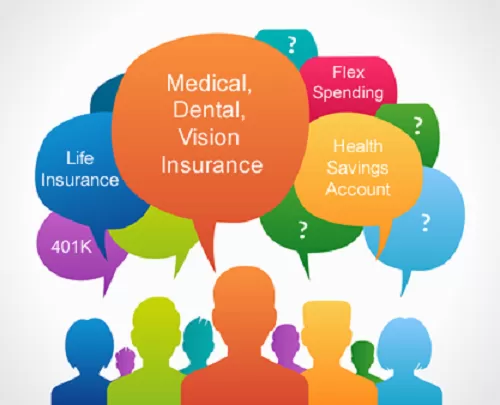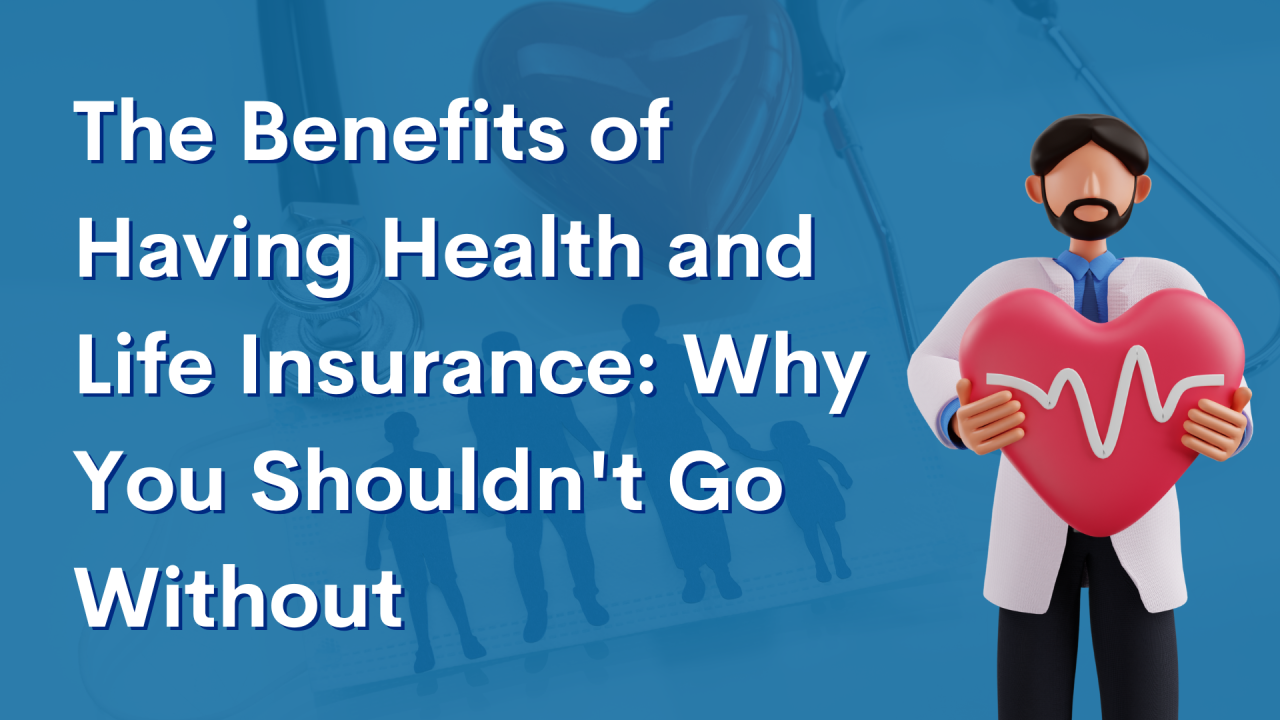All About Medicare Advantage Agent
All About Medicare Advantage Agent
Blog Article
An Unbiased View of Medicare Advantage Agent
Table of ContentsMedicare Advantage Agent Things To Know Before You Get This9 Easy Facts About Medicare Advantage Agent Explained8 Easy Facts About Medicare Advantage Agent Described

complies with from confusing the reasonably young age profile of the uninsured with the far better health, typically, of more youthful individuals. This obscures the link in between health standing and medical insurance. For those without access to office medical insurance, poor wellness is a potential obstacle to buying nongroup coverage since such protection might be extremely valued, exclude preexisting problems, or be simply not available. The variety of without insurance Americans is not particularly big and has actually not changed in the last few years. Seven out of 10 participants in a nationally depictive study assumed that fewer Americans lacked medical insurance than actually do(Fronstin, 1998). Roughly half(47 percent )thought that the variety of people without medical insurance reduced or stayed consistent over the latter half of the last years(Blendon et al., 1999). This drop of virtually 2 million in the variety of people 'without insurance policy (a reduction
of about 4 percent)is certainly a positive adjustment. With a softer economic situation in 2000 the most up to date reported gains in insurance protection may not proceed(Fronstin, 2001 ). The decline in the number of without insurance will certainly not proceed if the economy stays slow-moving and health care expenses remain to surpass inflation. This is due to the fact that the information were accumulated for a period of solid financial performance. Of the approximated 42 million people that were without insurance, almost about 420,000(concerning 1 percent)were under 65 years old, the age at which most Americans come to be eligible for Medicare; 32 million were grownups in between ages 18 and 65, around 19 percent of all adults in this age group; and 10 million were youngsters under 18 years of age, about 13.9 percent of all children (Mills, 2000). These quotes of the number of persons without insurance are produced from the annual March Supplement to the Current Populace Survey (CPS), carried out by the Census Bureau. Unless or else noted, nationwide estimates of individuals without health insurance coverage and proportions of the population with various type of insurance coverage are based on the CPS, the most commonly used resource of estimates of insurance protection and uninsurance prices. These studies and the price quotes they generate are described briefly in Table B. 1 in Appendix B - Medicare Advantage Agent. These studies differ in dimension and sampling approaches, the inquiries that are inquired about insurance coverage
The Definitive Guide for Medicare Advantage Agent
protection, and the time period over which insurance coverage or uninsurance is measured(Lewis et al., 1998, Fronstin, 2000a ). Still, the CPS is especially helpful since it produces yearly estimates relatively promptly, reporting the previous year's insurance protection estimates each September, and because it is the basis for a consistent collection of price quotes for greater than two decades, allowing for evaluation of fads in protection with time.

Medicare Advantage Agent for Beginners
Over a three-year duration starting early in 1993, 72 million people, 29 percent of the U.S. populace, were without coverage for a minimum of one month. Within a solitary year(1994), 53 million individuals experienced a minimum of a month without insurance coverage(Bennefield, 1998a). 6 out of every ten uninsured adults are themselves utilized. Functioning does enhance the possibility that one and one's family participants will have insurance policy, it is not an assurance. Also participants of households with 2 full time breadwinner have virtually a one-in-ten chance of being uninsured (9.1 percent without insurance price)(Hoffman and Pohl, 2000 ). The connection in between medical insurance and accessibility to care is well established, as documented later in this phase. The connection between health and wellness insurance and health and wellness outcomes is neither direct nor basic, an extensive scientific and health services research literary works links health insurance policy protection
to improved access to care, better far betterHigh quality and improved personal individual population populace wellnessCondition For why not try this out instance, the 2nd record, on individual health and wellness end results for without insurance adults, is represented by the inner circle of the number, while the 3rd report, on family well-being, incorporates the topics of the 2nd report but stresses a different system of evaluation, specifically, the family. The 6th record in the collection will certainly present info regarding methods and campaigns taken on locally, statewide, or across the country to resolve the lack of insurance policy and its damaging impacts. Degrees of evaluation for checking out the results of uninsurance. This discussion of medical insurance protection concentrates primarily on the united state populace under age 65 because practically all Americans 65 and older have Medicare or other public insurance coverage.
Additionally, it focuses specifically on those without any health insurance coverage for any type of length of time. The problems encountered this contact form by the underinsured remain in some aspects comparable to those faced by the without insurance, although they are typically less serious. Uninsurance and underinsurance, nevertheless, include distinctly various policy problems, and the approaches for resolving them might differ. Throughout this study and the five records to comply with, the major focus gets on individuals without medical insurance and hence no aid in paying for health care beyond what is available via charity and safeguard institutions. Wellness insurance coverage is an effective factor influencing invoice of care since both individuals and physicians respond to the out-of-pocket price of solutions. Health and wellness insurance policy, however, is neither needed neither enough to obtain accessibility to clinical services. The independent and straight impact of health
insurance insurance policy on access to health health and wellness solutions well establishedDeveloped Others will obtain the healthcare they require also without health and wellness insurance, by spending for it out of pocket or seeking it from suppliers that offer care totally free or at highly subsidized prices. For still others, health and wellness insurance policy alone does not guarantee receipt of care as a result of various other nonfinancial obstacles, such as an absence of healthcare companies in their neighborhood, minimal accessibility to transportation, illiteracy, or linguistic and social distinctions. Formal study regarding without insurance populaces in the USA dates to the late 1920s and early 1930s when the Committee on the Price of Treatment generated a series of reports about funding doctor workplace gos to and hospital stays. This concern became prominent as the varieties of clinically indigent climbed throughout the Great Clinical depression. Empirical studies consistently support the link discover this info here in between access to care and improved health results(Bindman et al., 1995; Starfield, 1995 ). Having a routine source of care can be taken into consideration a predictor of access, as opposed to a direct measure of it, when health outcomes are themselves made use of as accessibility indications. This extension of the idea of accessibility measurement was made by the IOM Committee on Keeping Track Of Access to Personal Healthcare Solutions(Millman, 1993, p. Whether or not parents are guaranteed appears to influence whether or not their children receive treatment along with just how much careeven if the youngsters themselves have coverage(Hanson, 1998). The health of moms and dads can affect their capacity to take care of their children and the level of household stress. Fretting concerning their youngsters's accessibility to care is itself a source of tension for parents. 3 chapters adhere to in this record. Phase 2 offers an overview of how employment-based wellness insurance policy, public programs and individual insurance coverage run and engage to offer comprehensive yet insufficient coverage of the U.S. population. This includes a review of historic patterns and public laws impacting both public and exclusive insurance, a conversation of the interactions among the various types of insurance policy, and an evaluation of why people move from one program to one more or wind up

Report this page